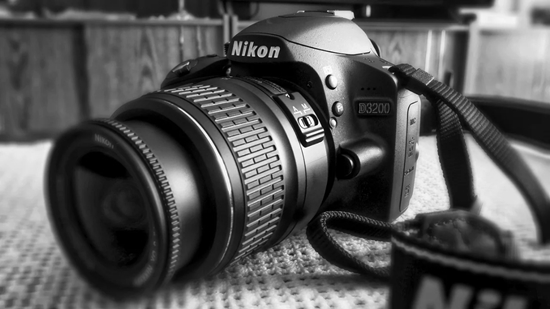Real Estate Photography Tips
In everything, a helpful tip is always needed for someone or something to grow and here below are a few real estate tips that you can use and apply in your photography business.
1. Preparation of Contract or the Model Release
You must be prepared for a legally photo session through signing the photography contract. The contract terms will identify what you can’t and can do with your real estate pictures. It will protect both the photographer and also the model from the possible legal claims and the obligations, differing from the discretion.
2. Thinking about the details
Whereas learning how to seize good portraits, bearing in mind about the props, there are many starters that evade working with them since they are scare to spoil the entire picture.
But, properly chosen props will emphasize the property’s individuality, attract added interest, and even unwind an atmosphere during the photo shoot.
Many popular photographers incorporate props in their portraits that will contribute to the specific atmosphere in the shot, to add the context to a composition, achieve the humorous effect, makes the model even more comfortable. Always remember that props are used in moderation, just in order you will not overload the scene.
3. Use the shallow depths of field
Usually, to get the best portrait, you have to blur a property’s background. Try diverse aperture values. The widely-opened aperture will blur a background and will help highlight its main object. When you wish to concentrate not just with the model, but on the background also, closes the diaphragm a little bit.
For the portrait photography, the wider aperture will work best of all. Place in the range between f/5.6-f/1.2 to capture the shallow depth of the field, which will mean the stand out next to the blurry background. Be careful that a little f-number and a degree of blurriness had been interdependent.
4. Shoot in the Manual Mode
An Auto Mode tempted many photographers, but it is strongly recommended to choose manual camera setups. Only this manner you will understand how the different features influences a final result and also how to have the most out of your camera.
5. Adjust the ISO to the weather conditions
The higher ISO will mean brighter pictures. In person, select the lowest ISO likely for the lighting situations to work with. If raising an ISO value, you can see the grain and noises appearing in the portraits.
6. Learn the “Focal Length VS. Shutter Speed” rules
For the blurred pictures, the reason here is the incorrect shutter speed. You’ll not go wrong setting a shutter speed higher when compared with the nominal focal length.
Such as, if a focal length will be 100mm, you’ll need a shutter speed of about 1/100 of the second or the faster time when you intend to picture from your hands. You cannot expect to take usable photos when you work without the tripod and had the shutter speed that is lower than 1/60.
Regulating a shutter speed, taking to account the instances and a subject, for the more active movements, using high speed, and also vice versa for the slower objects. When you talk about portrait photography set-ups a shutter speed must be not low than 1/60. If not, a camera will shake.
7. Shoot RAW
The RAW file occupies more space and has been rather complex to change. This format will save more data regarding the picture and has been the best choice for the deep portrait picture retouching.






Comments
Post a Comment